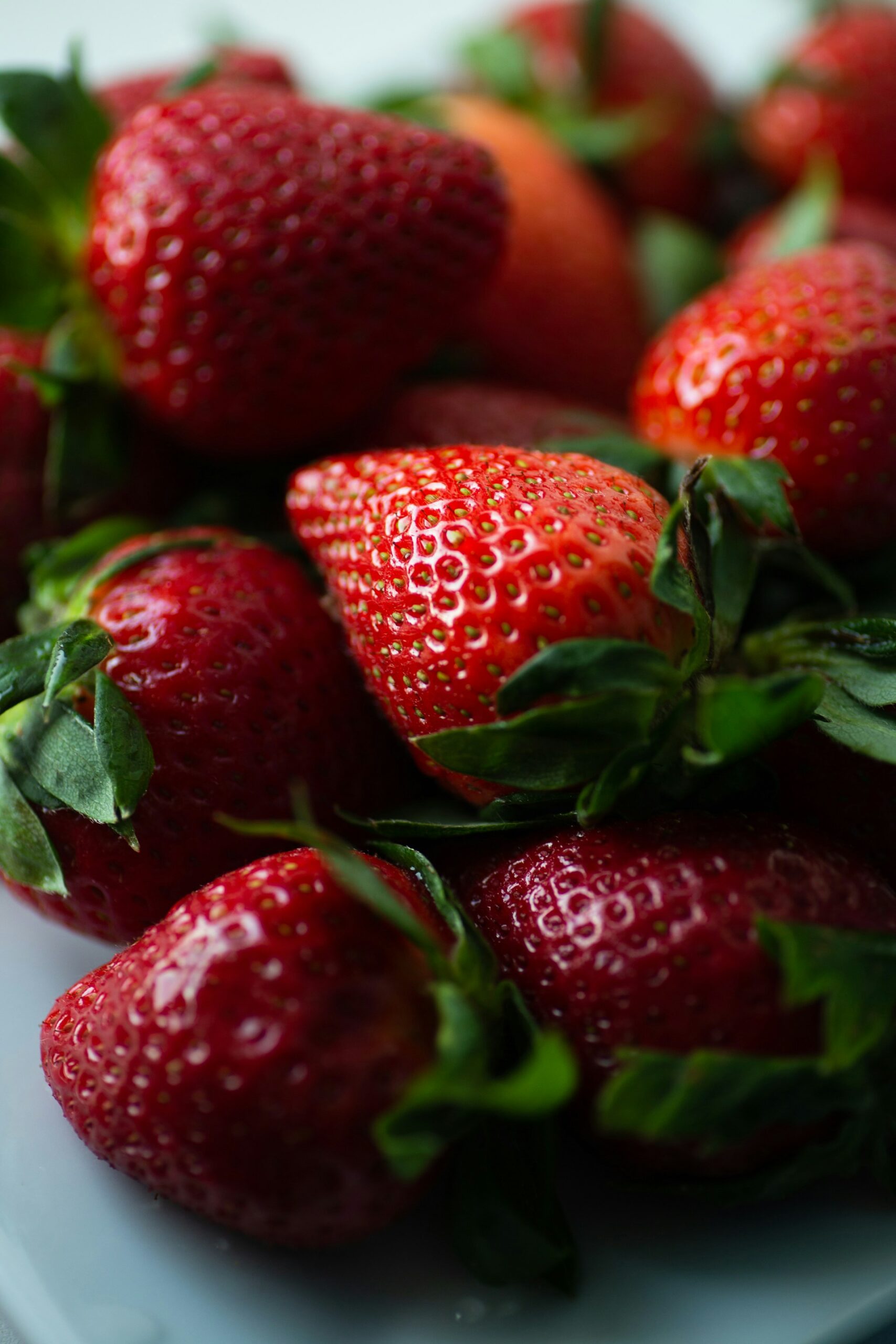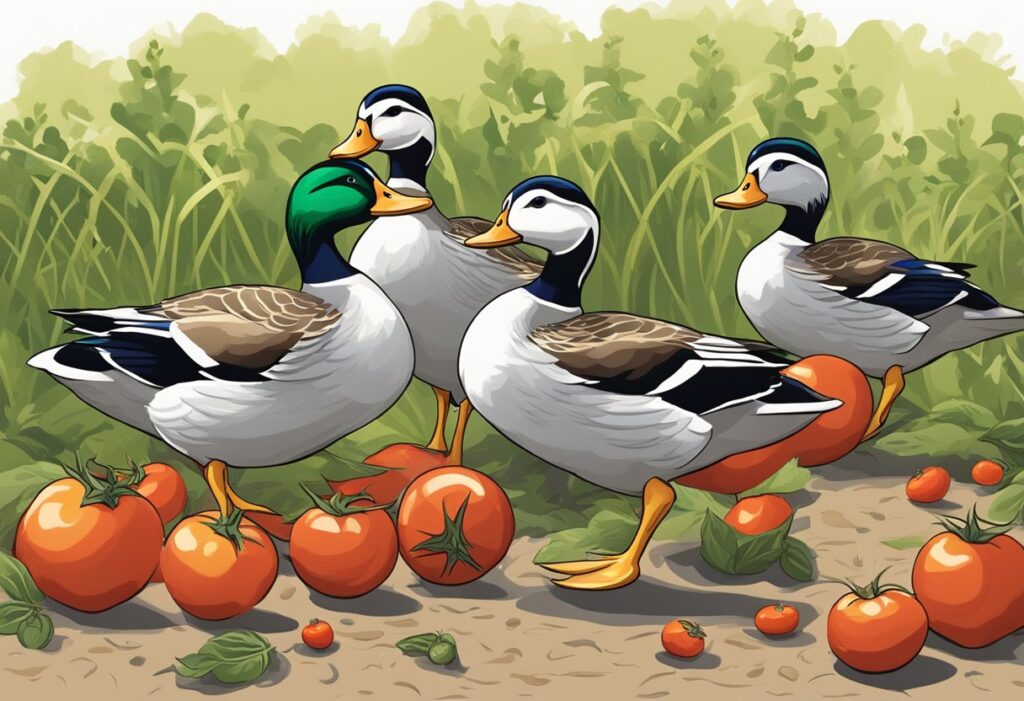
Are you dreaming of juicy, homegrown strawberries from your very own garden? Whether you’re a seasoned gardener or a green-thumbed newbie, understanding the optimal number of strawberry plants per square foot is crucial for a bountiful harvest. This article is a must-read for anyone looking to indulge in the sweet rewards of growing strawberries efficiently in a square foot garden. We’ll explore the ins and outs of strawberry plant spacing, runners, and the best practices for a thriving berry patch.
What Is Square Foot Gardening and Why Is It Ideal for Strawberries?
Square foot gardening is a method that divides the garden space into small square sections, typically 1×1 foot. This approach allows for meticulous organization and efficient use of space, making it perfect for growing strawberries. The compact design minimizes weeding and makes it easier to manage pests and diseases. Plus, by concentrating your strawberry plants in a defined area, you’ll maximize your garden’s potential for producing those sweet, sun-ripened berries.
How Many Strawberry Plants Can You Fit in One Square Foot?
When it comes to planting strawberries per square foot, the magic number is often debated among gardeners. However, a general guideline is to plant one strawberry plant per square foot to ensure each plant has enough room to grow and produce fruit. This spacing allows for adequate air circulation, sunlight, and nutrient absorption, leading to healthier plants and a more fruitful strawberry patch.
What Are the Benefits of Proper Strawberry Plant Spacing?
Spacing your strawberry plants correctly is key to a successful harvest. Proper spacing prevents overcrowding, which can lead to competition for resources and increased susceptibility to diseases. It also facilitates better pollination and fruitset. Additionally, well-spaced plants produce larger berries and make it easier to harvest them. Remember, a happy strawberry plant with room to breathe is a productive one!
Raised Bed Gardens: The Perfect Match for Strawberries?
Raised bed gardens elevate the gardening game, literally. They are particularly well-suited for strawberry plants, offering excellent drainage, warmer soil for early planting, and ease of access. Raised beds also allow for better control over soil quality, which is essential for strawberries that thrive in rich, fertile soil. By using a raised bed for your strawberry garden, you can expect robust growth and an impressive yield.
To Runner or Not to Runner: Managing Strawberry Runners
Strawberry runners, or stolons, are the long, vine-like shoots that grow from the mother plant. They have the potential to become new strawberry plants if they touch the soil. Managing runners is crucial in a square foot garden; if you let the runners grow, they can quickly take over your carefully planned space. It’s best to remove them to maintain order and direct the plant’s energy into fruit production. However, if you want more plants, you can strategically allow some runners to take root.
What Type of Strawberry Is Best for Square Foot Gardening?
When selecting strawberry plants for your square foot garden, consider the type of strawberry. June bearing, everbearing, and day-neutral strawberries each have different growth habits and space requirements. June bearing strawberries produce a large crop over a few weeks, while everbearing and day-neutral varieties produce smaller, continuous harvests throughout the growing season. For square foot gardening, everbearing and day-neutral strawberries are often preferred, as their more compact growth habit fits well into the limited space.
Can You Plant 4 Strawberry Plants Per Square Foot?
While it’s tempting to maximize the number of strawberry plants per square foot, planting four per square is generally too crowded. This can lead to smaller berries and increased disease pressure due to poor air circulation. It’s best to stick with the recommended one plant per square foot, or at most, two per square foot if you’re willing to accept a smaller berry size and potentially lower overall yield.
How Does the Spacing Affect Strawberries Per Square Foot?
The spacing of strawberry plants directly influences the number of strawberries per square foot you can expect. Tighter spacing can lead to a higher number of berries initially, but this often results in smaller fruit and can stress the plants, leading to a decline in production over time. On the other hand, giving each strawberry plant its own square foot allows for optimal growth and berry size, leading to a more sustainable and productive garden in the long run. It’s a balance between immediate gratification and the health of your strawberry patch.
Companion Planting with Strawberries: What Should You Know?
Companion planting can be a great strategy in a square foot garden. Certain plants can help strawberries by repelling pests, improving soil health, or providing shade. For example, planting borage near your strawberries can deter worms, while beans can fix nitrogen in the soil, benefiting your berry plants. However, it’s important to plan carefully to ensure that companion plants don’t overshadow or outcompete your strawberries for space and nutrients.
Maintaining Your Strawberry Garden: Tips for Long-Term Success
To keep your strawberry garden thriving, regular maintenance is key. This includes watering, weeding, and fertilizing appropriately. Strawberries love moisture but can suffer from root rot if overwatered, so ensure good drainage and water consistently. Using a balanced fertilizer can help provide the necessary nutrients throughout the growing season. Moreover, after harvesting, it’s wise to thin the plants to prevent overcrowding and promote healthy growth for the next season.
Summary of Key Points
- Aim for one strawberry plant per square foot for optimal growth and fruit production.
- Proper spacing is crucial to avoid overcrowding, which can lead to smaller berries and disease.
- Raised beds are ideal for strawberry gardens due to better soil quality and drainage.
- Manage runners to control space and direct energy to fruit production.
- Choose everbearing or day-neutral strawberries for a continuous harvest in a square foot garden.
- While tempting, avoid planting four strawberry plants per square foot to prevent stress on the plants.
- Companion planting can benefit strawberries, but don’t let companions outcompete them.
- Maintain your garden with consistent watering, weeding, and fertilizing for a bountiful harvest.
By following these guidelines, you’ll be well on your way to enjoying a lush and productive strawberry garden that’s just the right size for your space. So get ready to savor the taste of sweet strawberries, fresh right from the garden!




